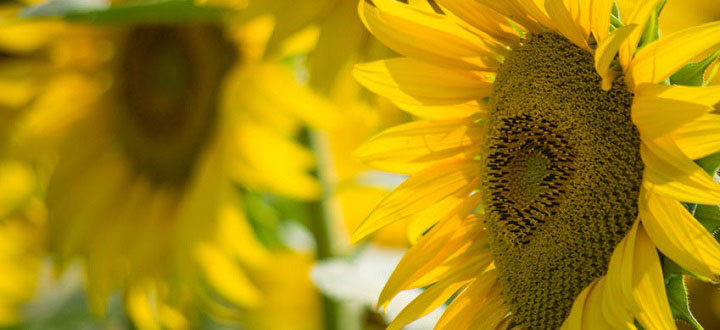The researchers wanted to find out what influences our perception of colour, particularly the colour known as unique yellow. This colour is interesting to scientists because our view of unique yellow is stable across large populations – everyone agrees what it looks like, despite the fact that people’s eyes and vision are often very different.
The study team at York thought that our perception of the colour might depend, not on the biology of the eye, but on the colour of the natural world.
Environmental changes
"What we are finding is that between seasons our vision adapts to changes in environment,” says Lauren Welbourne, a PhD student in the Department of Psychology and lead author. “So in summer when there is a much larger amount of foliage, our visual system has to account for the fact that on average we are exposed to far more green.
“In York, you typically have grey, dull winters and then in summer you have greenery everywhere. Our vision compensates for those changes and that, surprisingly, changes what we think ‘yellow’ looks like. It’s a bit like changing the colour balance on your TV.”
Darkened room
The researchers tested 67 men and women in January and June. Participants were placed in a darkened room and allowed to adjust to the light. Using a machine called a colorimeter, they were asked to adjust a dial backwards and forwards until they felt they had reached the point where it had reached unique yellow – with no hint of a green or red.
The measurements highlighted a shift in the average setting between seasons.
Lauren says the research, which is published in Current Biology, has shed new light on the complex workings of the visual system.
“Although there’s no disorder that this can fix, the more we learn about how vision and colour in particular is processed, the better we can understand exactly how we see the world. This can have knock-on effects on the way we diagnose and treat visual disorders.”
The text of this article is licensed under a Creative Commons Licence. You're free to republish it, as long as you link back to this page and credit us.





